Not every solar panel fits every job—and choosing the wrong one can cost more than money.
Each solar panel type suits different situations: rooftops, devices, agriculture, or mobile setups. Picking the right one depends on your needs.
I once worked with a designer who needed solar panels for a GPS tracker. He thought he needed the “best panel.” But what he really needed was a flexible one that worked under a tree canopy in bad weather. That moment stuck with me.
What are the main types of solar panels?
Most people think solar panels are all the same—but they aren’t.
The most common types are monocrystalline, BC, polycrystalline, and flexible panels. Each works differently.

What makes monocrystalline panels so reliable?
They’re like the workhorse of the industry.
Monocrystalline panels offer high efficiency and long-term performance, ideal for permanent rooftop use.
- Efficiency: Often between 22%–24.5%
- Look: Sleek black finish, blends well with buildings
- Lifespan: Around 25 years, often more
- Use Case: Home roofs, factories, community solar
They cost more up front, but they pay off with stable output and durability.
Why are BC solar panels often chosen for design-focused projects?
They look clean—and perform great.
BC (Back Contact) panels hide wiring and boost performance, making them perfect for visible spaces.
| Feature | BC Panels |
|---|---|
| Wiring | Hidden behind panel |
| Appearance | Uniform matte surface |
| Efficiency | Comparable or higher than mono panels |
| Application | Balcony solar, integrated devices |
They’re especially good when appearance and compact design matter.
When are polycrystalline panels still a smart choice?
They’re budget-friendly—and still get the job done.
Poly panels have lower efficiency but offer a solid balance for large spaces with limited budget.
- Efficiency: Around 19%–21%
- Cost: Lower than mono or BC
- Application: Large-scale ground systems, farms
I’ve seen poly panels used in rural projects where land is cheap and budget is tight.
Why do flexible panels matter for portable or curved setups?
They go where rigid panels can’t.
Flexible panels bend to surfaces, making them ideal for devices, backpacks, tents, or curved roofs.
- Weight: Much lighter than glass panels
- Surface: Can attach to non-flat surfaces
- Use: GPS devices, marine setups, off-grid tools
If your product moves, flex panels are the best call.
What factors should I consider when choosing solar panels?
Choosing panels isn’t just about efficiency. It’s about fit.
You need to think about space, climate, budget, and the way energy is used day to day.
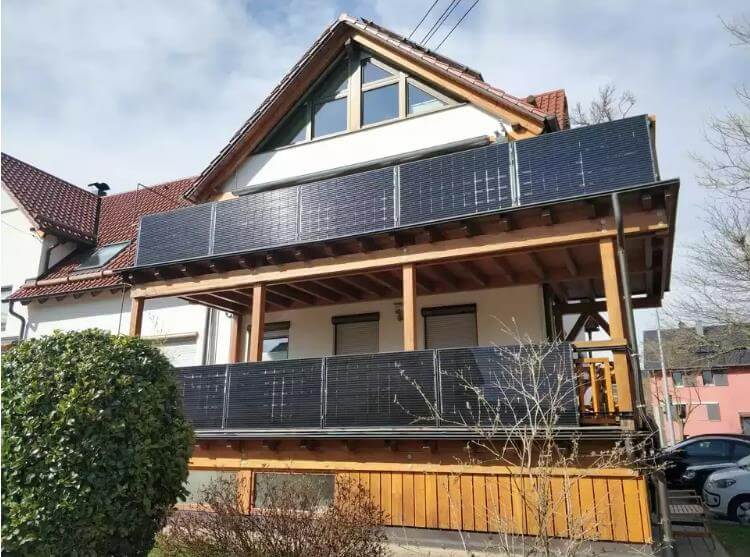
How much efficiency do I really need?
It depends on your space.
Higher efficiency panels produce more power in the same area—but they cost more.
If you have space constraints (like a small roof or a compact device), go with high-efficiency mono or BC panels. But for wide-open land, poly may be enough.
How should I think about cost?
Look at cost per watt—not just price tag.
Lower-cost panels can work, but consider lifetime performance and output.
| Panel Type | Cost per Watt | Long-Term Output |
|---|---|---|
| Monocrystalline | Higher | High |
| BC | Highest | Very High |
| Poly | Low | Medium |
| Flexible | Medium | Lower per unit |
Upfront cost isn’t everything. Think lifecycle.
Will the panel last?
Most panels do—but not equally.
Most quality panels last 20–25 years. Look for certifications like CE, IEC, and ISO.
Avoid unverified suppliers. I’ve seen too many buyers get burned with cheap panels that degrade in five years.
Does the environment matter?
Yes, a lot.
Hot, humid, or dusty climates affect performance. Choose panels with strong frames and good temperature ratings.
- If your device sits in the sun all day, check its temperature coefficient
- If you’re in tropical zones, make sure the panel resists PID and salt mist corrosion
Which solar panels fit different application scenarios?
Your use case decides your panel.
There’s no universal “best”—only what fits your setup best.
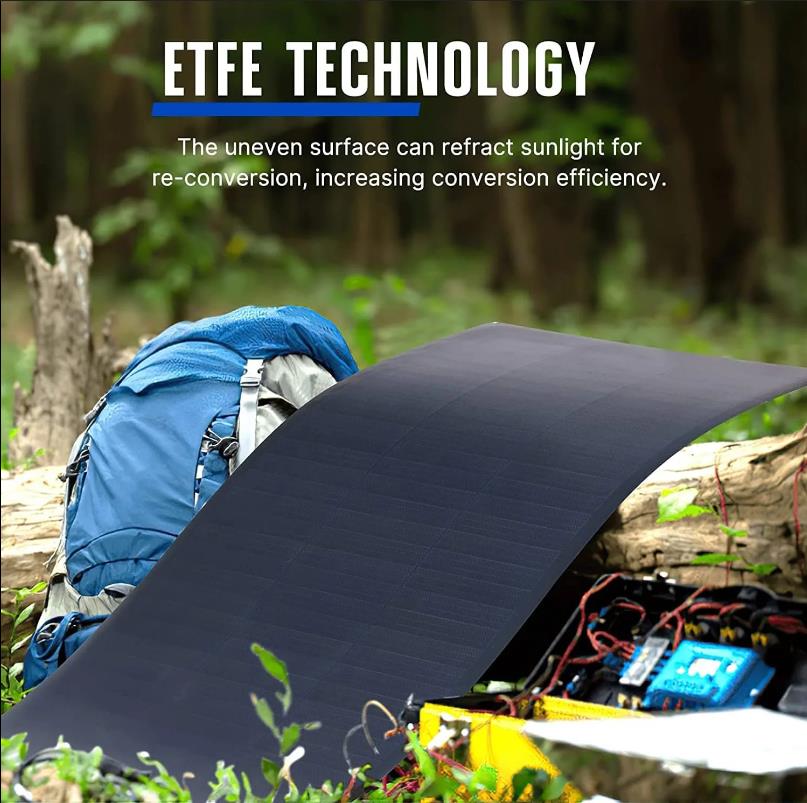
What’s best for homes and rooftops?
You want performance with looks.
Monocrystalline panels are most common on residential rooftops for their power and clean design.
Add-ons like microinverters help when roofs face multiple directions. BC panels also work if you value aesthetics.
What works for industrial buildings?
You need scale and cost balance.
Poly or mono panels help businesses save money with big surface areas.
I helped one client in logistics cut their power bill by 60%. Just by choosing mono panels with string inverters.
Can I power a small village?
Yes, if you plan smart.
Use ground-mounted poly or mono panels with central inverters for easy maintenance.
Community solar requires good logistics—but it scales well when done right.
What do farms need?
Simple, rugged solutions.
Poly panels work well in agriculture—especially for pumps, fences, or barn lighting.
Some farms now use semi-transparent panels in greenhouses. They let light through while powering irrigation.
What about emergency or portable use?
Light and flexible win here.
Flexible panels are best for mobile use—especially in remote fieldwork or emergencies.
I’ve tested them with outdoor IoT devices. A compact 10W panel with battery storage kept sensors alive for weeks in the field.
What fits public infrastructure?
Durability and stability come first.
BC or mono panels are common in public lighting, signage, and transit shelters.
Maintenance cycles matter. You want panels that last and don’t fail in harsh weather.
I’ve seen clients choose panels based on looks, cost, or brand—and still run into problems. It’s always better to start with your real needs. That’s how the right panel finds you.
Conclusion
Match the panel to your purpose. That’s the best choice you’ll make.
At XRSOLAR, we don’t just manufacture solar panels—we help you choose the right one for your device, building, or system.
You’ll find:
- Monocrystalline and BC solar panels for rooftops, facades, and precision applications
- Polycrystalline panels for large-scale or budget-sensitive projects
- Flexible panels for mobile use, GPS, IoT, or custom form factors
- Custom solar panels designed and engineered to fit your unique specs
- Support with certifications, quality control, packaging, and logistics
We’ve worked with product designers, engineers, and energy developers around the world to integrate solar power in ways that actually make sense. If that’s something you’re building, let’s talk.
👉 Contact XRSOLAR for a Quote or email us: sales02@nbxrsolar.com
Let’s build something solar-powered—together.
Frequently Asked Questions
What’s the difference between monocrystalline and polycrystalline panels?
Monocrystalline panels are made from a single silicon crystal, making them more efficient and space-saving. Polycrystalline panels are made from multiple fragments of silicon, making them more affordable but less efficient.
Can flexible solar panels power GPS tracking devices?
Yes. Flexible solar panels are ideal for powering GPS trackers in outdoor or mobile environments. They’re lightweight, bendable, and can be easily mounted on irregular surfaces.
What certifications should I look for in solar panels?
Look for CE, RoHS, IEC 61215, and ISO9001 certifications. These prove that the panels meet safety, durability, and international quality standards.
How long do solar panels usually last?
Most high-quality panels last 20 to 25 years. Factors like temperature, humidity, and quality of materials will affect their lifespan.
Are BC solar panels worth the higher cost?
Yes, if aesthetics and high performance matter to your project. BC panels hide wiring, offer high efficiency, and are perfect for visible installations like balconies or smart devices.


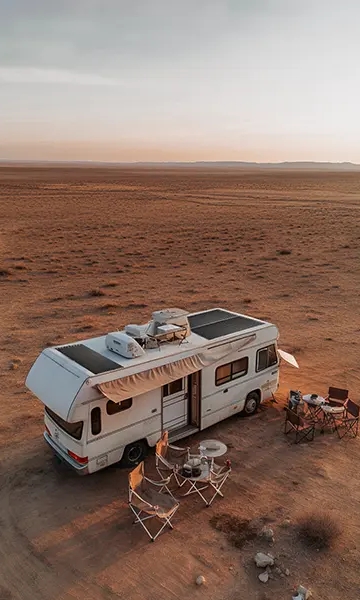
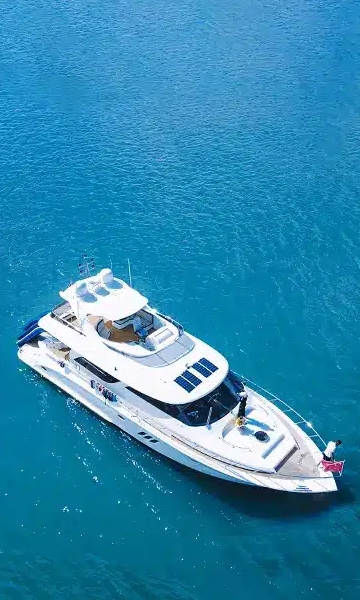
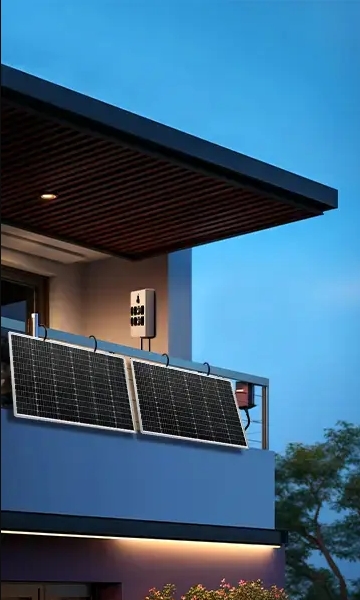
0 Comments